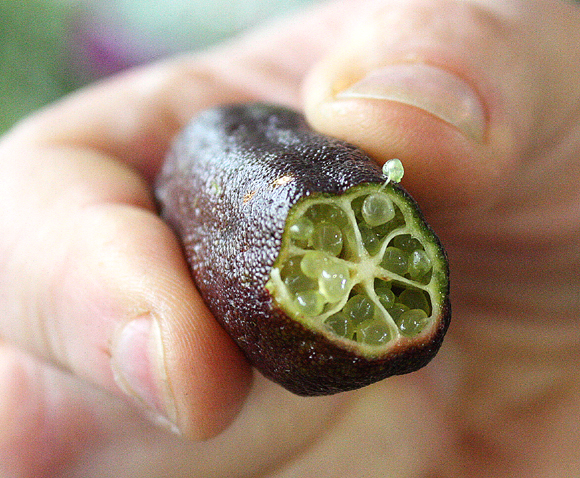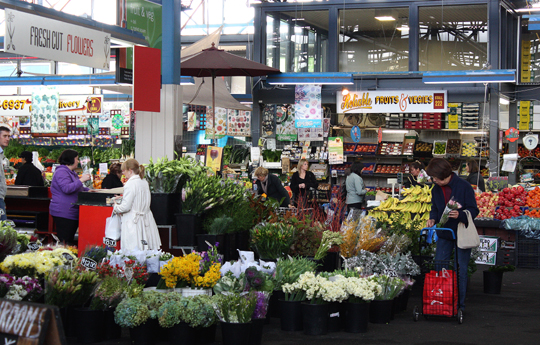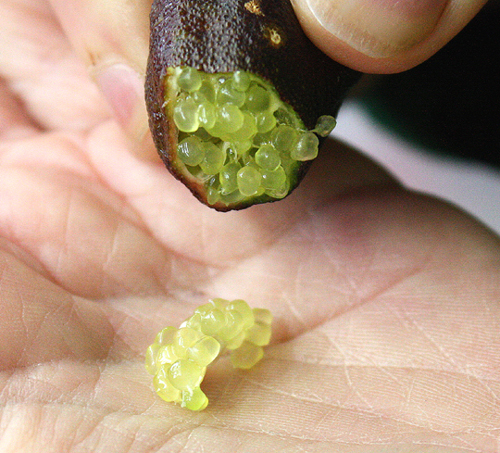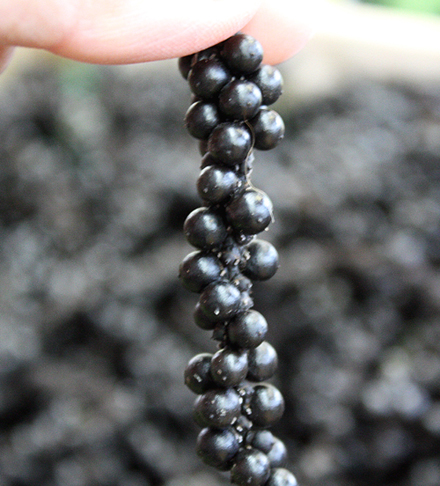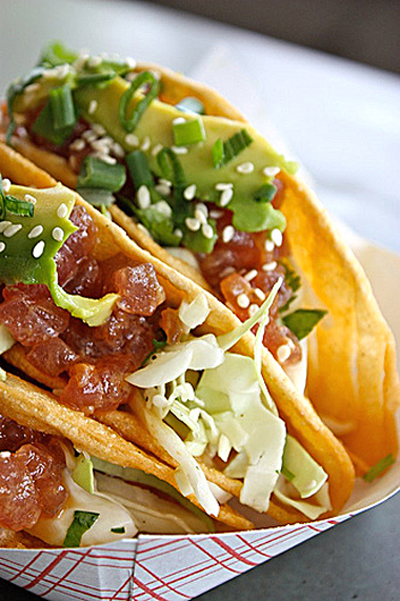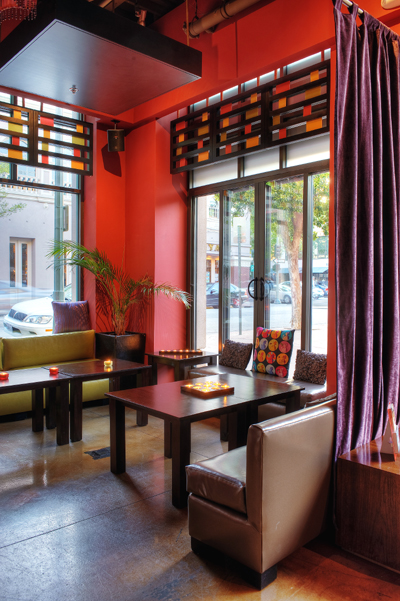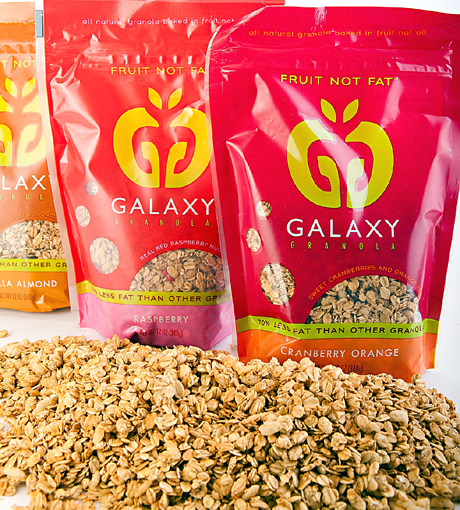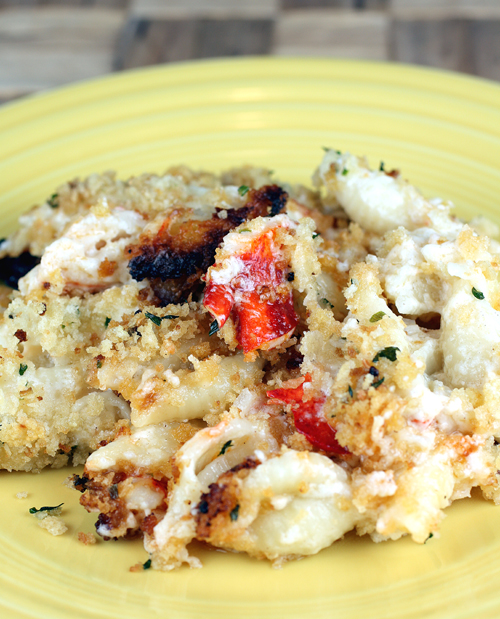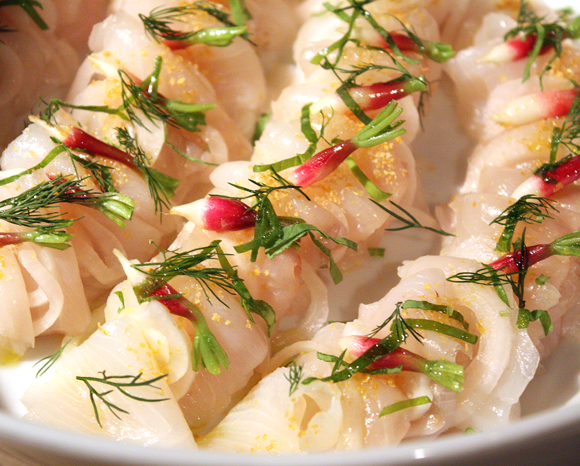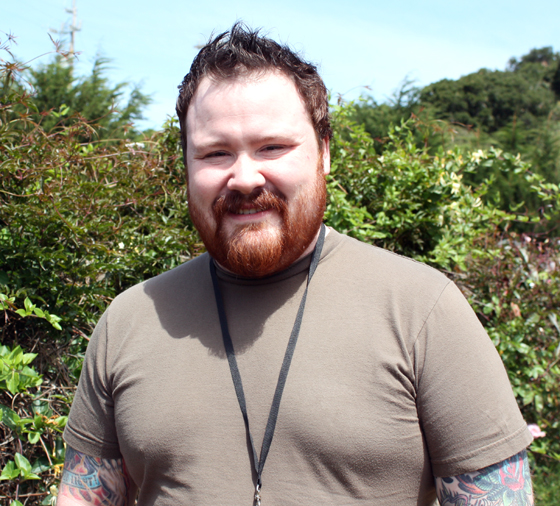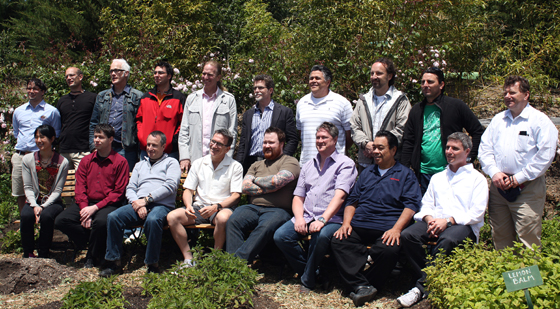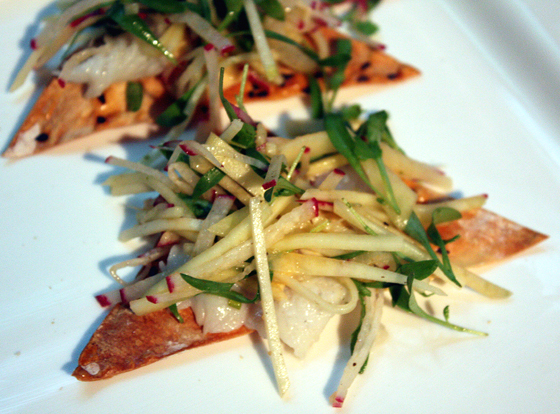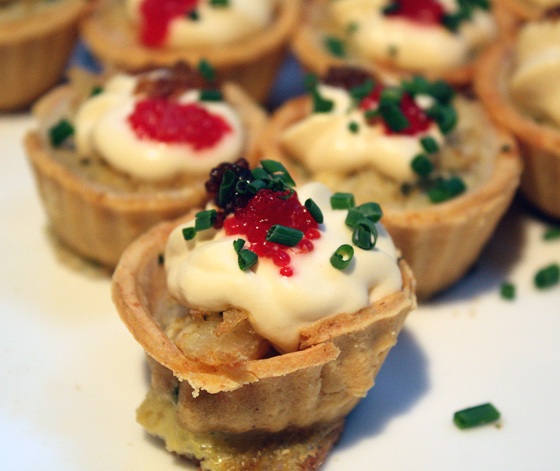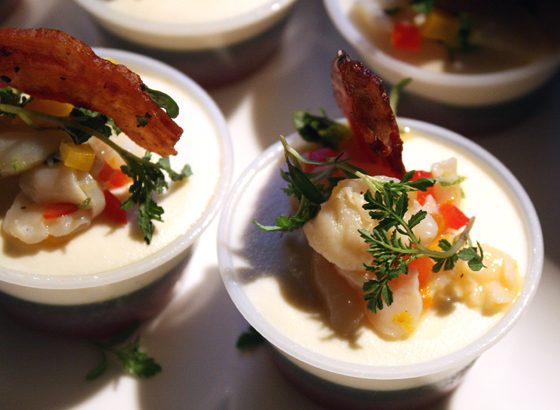Good Eats in Australia
VICTORIA, AUSTRALIA — Traveling opens your eyes, as well as your taste buds.
My recent week-long trip to Australia, sponsored by Boundary Bend Ltd., was no exception.
Both in Melbourne and throughout the outlying countryside of the state of Victoria, there were so many wonderful new ingredients and dishes to revel in. Here are some of the highlights:
Prahran Market:
I could have stayed for hours meandering through the stalls at the famous Prahran Market, Australia’s oldest continuously running central marketplace. The covered marketplace, teeming with produce, seafood, fresh pasta, flower, soap and olive oil vendors, originated in 1864 at a smaller locale in Melbourne, and moved to its present location in 1881.
If there weren’t those pesky agriculture and customs laws (for good reason, of course), I would have brought back to the Bay Area armloads of the mesmerizing finger limes (above and below photos). The fragrance alone is intoxicating — beautiful enough to be a perfume that you’d want to dab on all the time. It smells of kaffir lime, with a bright floral, refreshing and very complex nose.
What’s really fascinating, though, is that this lime doesn’t have much juice at all. Instead, give one a squeeze and out will come these little globules that look for all the world like caviar. Damian Pike, a wild mushroom specialist, whose stand was selling these, explained that the fruit can be used in marmalade and all manner of dishes. One taste of the chewy globules that burst with tangy delight and I was dreaming of them atop sashimi.
Pike’s stand also sold fresh pepper berries, which I had never seen before, having only been used to the dried variety that fills my pepper grinder at home.

